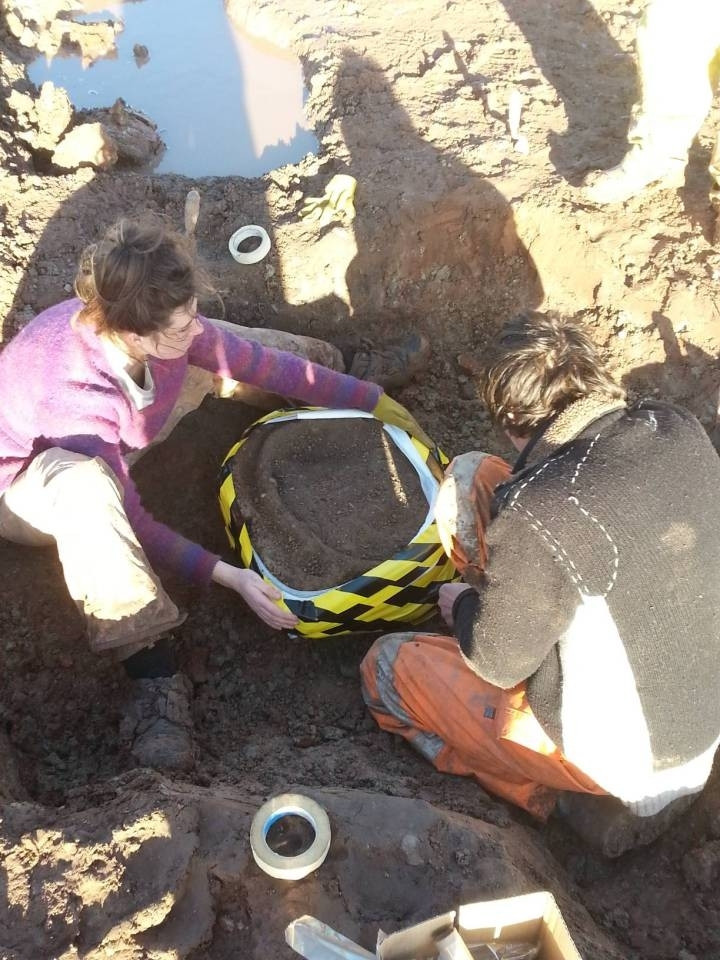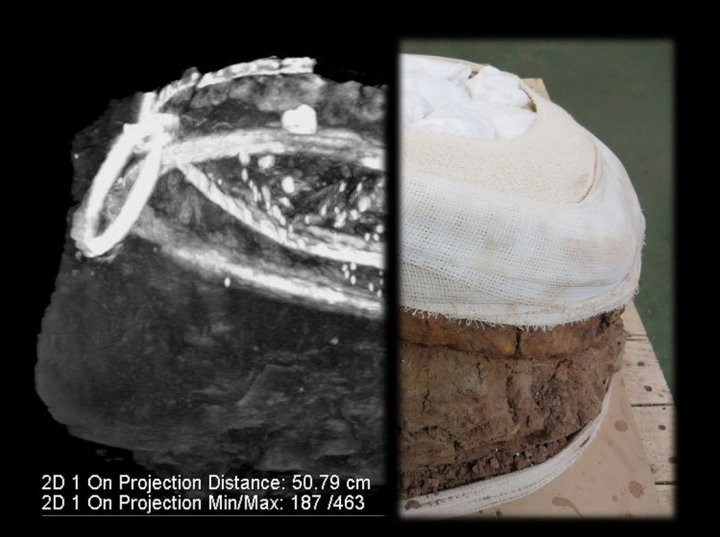Amazing Iron Age cauldron discoveries shed rare light on prehistoric feasting rituals
Archaeologists found an ancient treasure trove including 11 complete, or near complete, Iron Age cauldrons.

Archaeologists in Leicestershire have found an amazing treasure trove and "nationally important discovery" of Iron Age artefacts which shed new light on prehistoric feasting rituals.
Most notably, the find in Glenfield Park included 11 complete, or near complete, Iron Age cauldrons. These show the role of the settlement as a potential host site for feasting, the University of Leicester Archaeological Services (ULAS) said. The team also found fine ring-headed dress pins, an involuted brooch and a cast copper alloy object known as a horn-cap, which may have been part of a ceremonial staff.
The excavation, which took place ahead of a major warehouse development, provides evidence for inhabitation throughout most of the Iron Age and Roman periods across 12 hectares. The main focus of the site was a dense four hectare settlement comprising roundhouses, enclosures, four-post structures and pits.
The collection is unprecedented with so many different items found at one site. Explaining why it is so important, John Thomas, director of the excavation and Project Officer from ULAS, said: "Glenfield Park is an exceptional archaeological site, with a fantastic array of finds that highlight this as one of the more important discoveries of recent years.
"Slightly later in the middle Iron Age, indicated to be in the 4th or 3rd centuries BC by radiocarbon dating, the settlement underwent striking changes in character. Individual roundhouses were now enclosed, there was far more evidence for material culture, and rituals associated with the settlement involved apparently deliberate burial of a striking assemblage of metalwork.
"It is the metalwork assemblage that really sets this settlement apart. The quantity and quality of the finds far outshines most of the other contemporary assemblages from the area, and its composition is almost unparalleled." This was the most northerly discovery of such cauldrons on mainland Britain and the only find of this type in the East Midlands, he added.
The fragile cauldrons were mostly laid out in a large circular ditch which encircled a building. They had been placed in either upright or inverted positions before the ditch was filled in, suggesting they were buried to mark the end of activities associated with that part of the site.

Cauldrons found in other parts of the site were used at different times over a long period to mark special events, marking out the site as a potential ritual and ceremonial centre that hosted large feasts. The various-sized cauldrons totaled 550 litres, showing their potential to provide for large groups of people gathering at the site.
Thomas said: "Due to their large capacity it is thought that Iron Age cauldrons were reserved for special occasions and would have been important social objects, forming the centrepiece of major feasts, perhaps in association with large gatherings and events.
"The importance of cauldrons as symbolic objects is reflected in their frequent appearance in early medieval Irish and Welsh literature, which has been drawn upon in studies of Iron Age society. They are rarely found in large numbers and, with the exception of a discovery in Chiseldon, where 17 cauldrons were found in a pit, there have been few excavated examples in recent years."

CT scans undertaken at the Paul Strickland Scanner Centre in Middlesex gave tantalising glimpses of manufacturing methods and rare evidence of decoration from that period, further emphasising the significance of the site. One complete cauldron features stem and leaf motifs on the vessel's iron band.
The Museum of London Archaeology is now undertaking further excavation and conservation to discover more detail about the cauldrons.






















